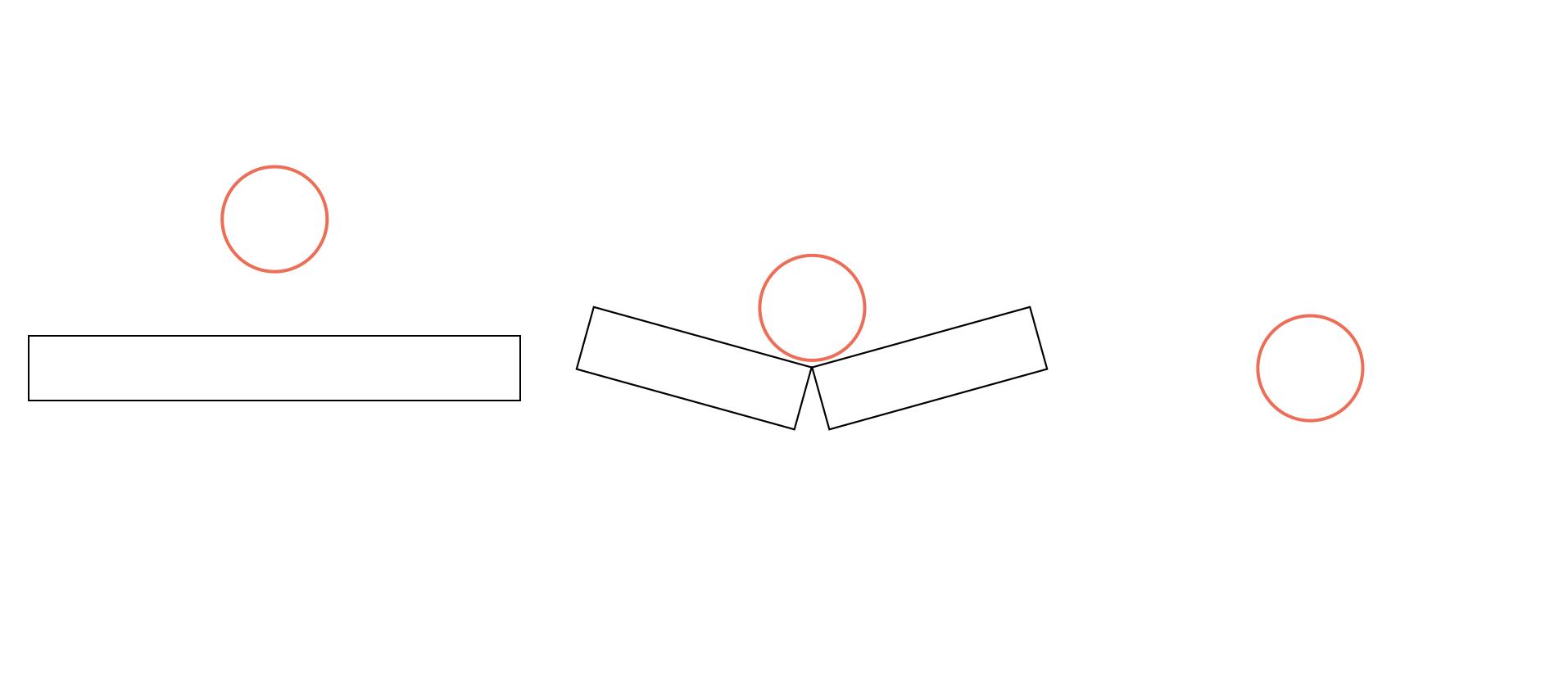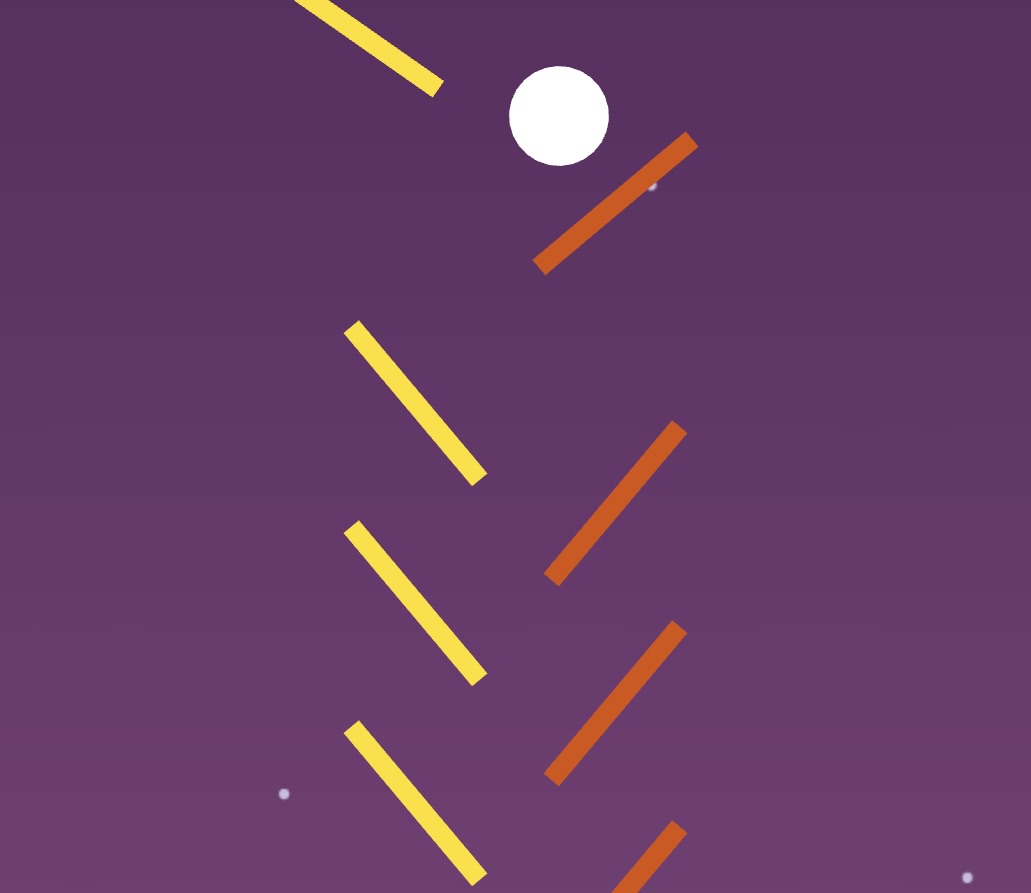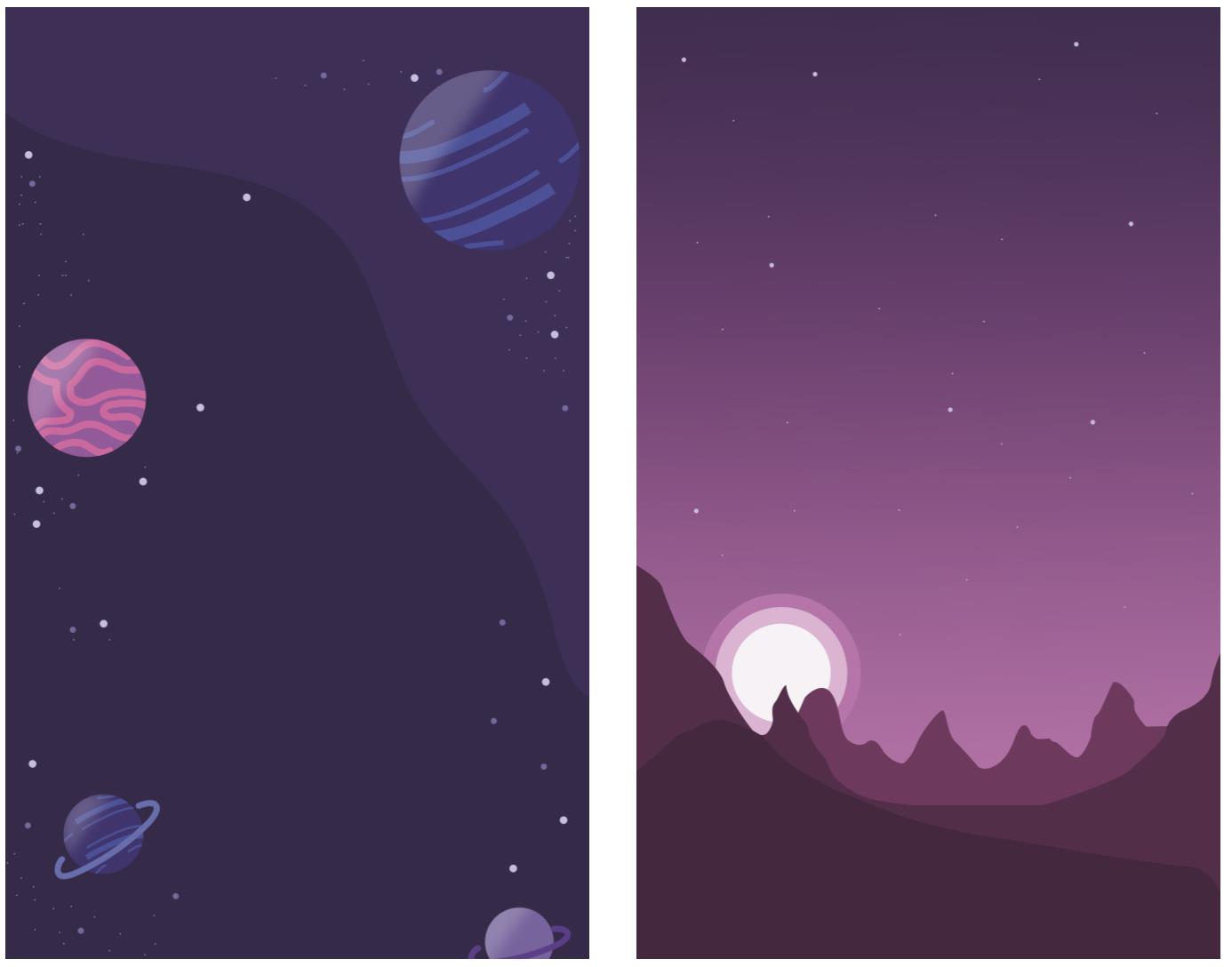Elise in Space
Inspired by the timeless melody of Beethoven's Für Elise, our project Elise in Space was developed during the course Programmiertes Entwerfen 1. The concept centers around an interactive marble track that transforms classical music into a playful space journey. As the marble travels through a cosmic landscape of colorful sound fields, it triggers the individual notes of the well-known tune — turning musical composition into visual and interactive storytelling.
The Task
The challenge was to design and program a marble track that could be operated using just one single button. Built using p5.js, the digital marble track plays Für Elise as the marble moves through the scene, guided by a minimal interaction concept that enhances the user's focus on sound and visual feedback.
Project Development
Concept & Inspiration
We initially explored the idea of representing instruments physically. However, to emphasize melody, we chose a single instrument — the piano — and abstract, color-coded fields. Each note was assigned a color, which remained consistent across octaves. This gave the track both musical structure and visual logic.
Musical Structure
Every field triggers a tone from Für Elise. The piece's familiarity and structure made it ideal for deconstructing into single tones without losing its identity.
Interactivity
The marble interacts with special "explosion fields." When it lands on one, users can press the space bar to make it bounce. With each press, the field begins to tilt. Once a certain tilt is reached, the field disappears in an explosion animation, clearing the path.

Explosion field sketch
Implementation & Tools
The entire project was developed using p5.js for logic and interaction, styled with CSS, and visually structured with Figma. All programming and testing were done in Visual Studio Code.
Team
With Vanessa Hiller and Annalena Stein
Duration
Three months
Course
Programmiertes Entwerfen 1
Tools
Figma
Visual Studio Code
p5.js



